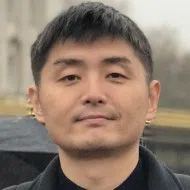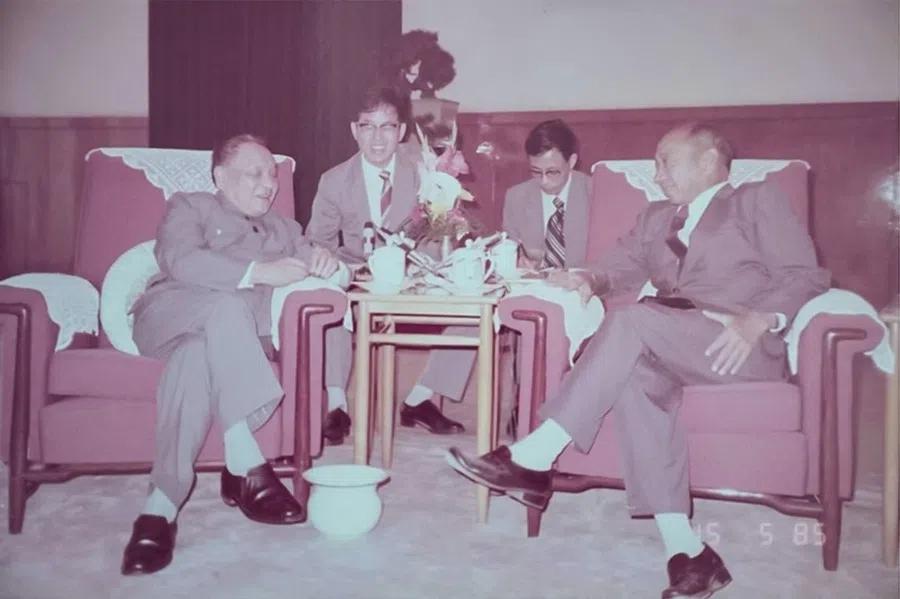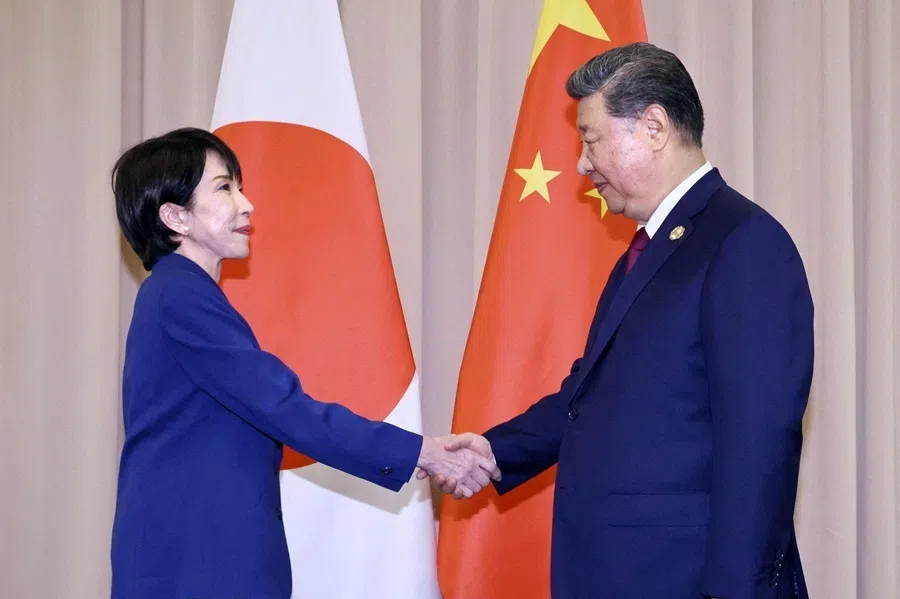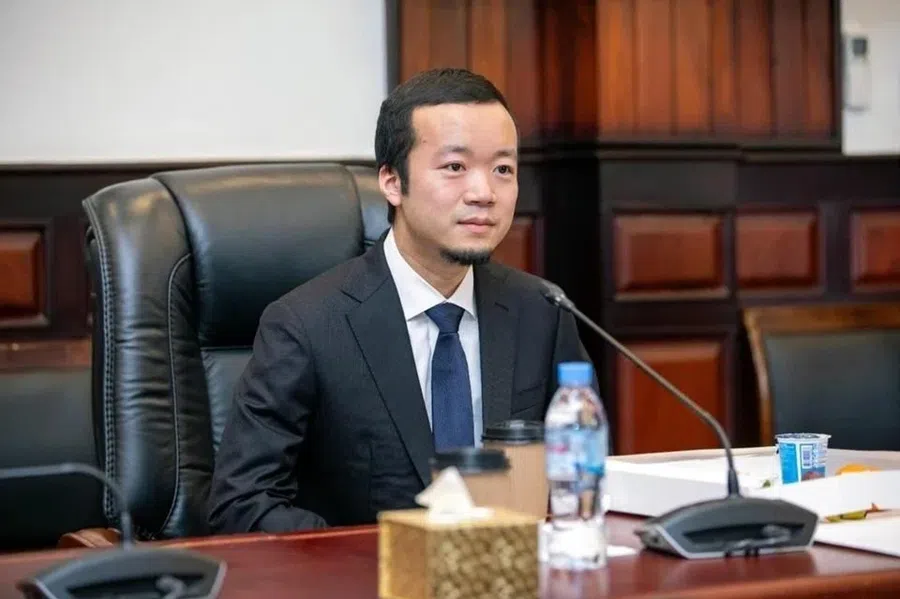China puts spotlight on global south with BRICS expansion
The diplomatic focus on third world countries during Mao Zedong's era has taken a renewed form in Xi Jinping's era with the focus on the global south, notes EAI academic Chen Gang. International circumstances could propel the Chinese to further elevate the importance of the global south, not least with the recent expansion of BRICS to include several global south countries.
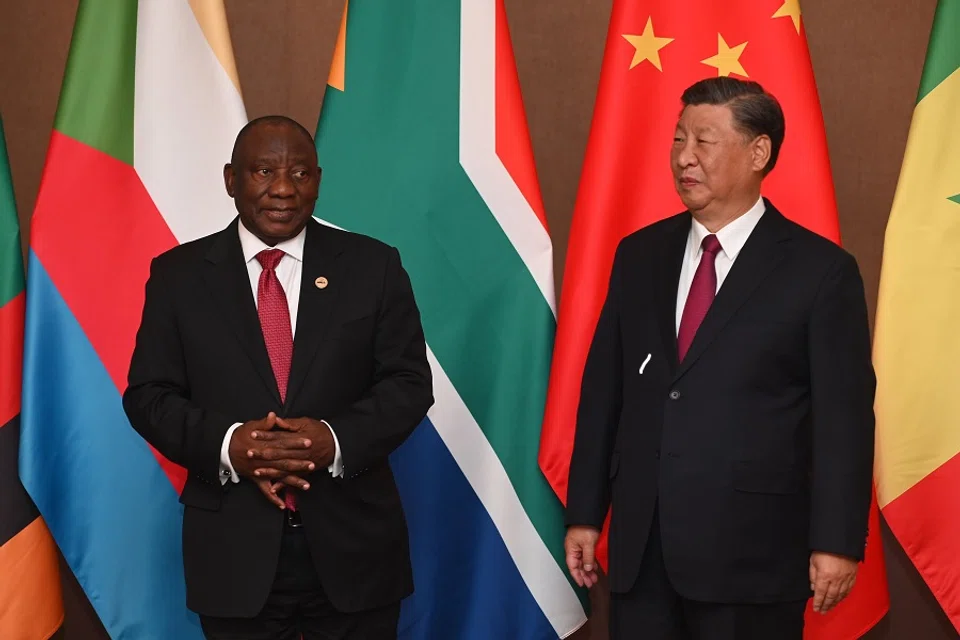
China's President Xi Jinping recently attended the BRICS summit in South Africa, during which six countries of the global south - Argentina, Egypt, Ethiopia, Iran, Saudi Arabia and the United Arab Emirates (UAE) - were announced as new members in a major expansion of the bloc.
This marks only the second time this year that Xi has made a trip abroad, with the first being his state visit to Russia in March. This is a clear indication that the global south has been given pride of place in Chinese foreign policy.
Global south and the third world
Actually, the People's Republic of China (PRC)'s diplomatic efforts have always been focused on fostering relations with developing countries. During the Cold War era, Mao Zedong's "Three Worlds Theory" divided the world into three categories. Superpowers the US and the Soviet Union were the first world; industrialised regions such as Japan, Europe, Australia and Canada were the second world; and developing countries from most of Asia, Africa and Latin America, including China itself, were part of the third world.
The global south is thus not just an economic concept - it also involves a country's political identity.

What is now described as the global south overlaps with the aforementioned third world. While Saudi Arabia and the UAE have become high-income countries, internationally there is still a distinction made between these emerging economies and the traditional industrialised nations. Hence, both countries are still considered part of the global south.
While China has become the second largest economy in the world, it still posits itself as a developing country and a part of the global south. These global south countries have similar viewpoints on international governance, such as the emphasis on poverty alleviation, building infrastructure, technology transfer and aid. The global south is thus not just an economic concept - it also involves a country's political identity.
After China's accession to the World Trade Organization in 2001, its decision makers emphasised securing good relations with major powers while placing emphasis on the immediate periphery...
China's third world diplomacy
During the Mao era, on the basis of the Three Worlds Theory, China directed its diplomatic focus on the third world. At the time, China's relations with both the US and the Soviet Union were poor, and relations with the rest of the Western developed nations were slow-moving due to ideological and societal differences.
Hence, China shifted its focus towards third world countries in Asia, Africa and Latin America, contributing enormous aid to boost their development while raising its own international standing. In 1971, backed by numerous developing countries, the PRC secured a seat at the United Nations. This was viewed as a huge success vis-a-vis China's diplomacy with the third world.
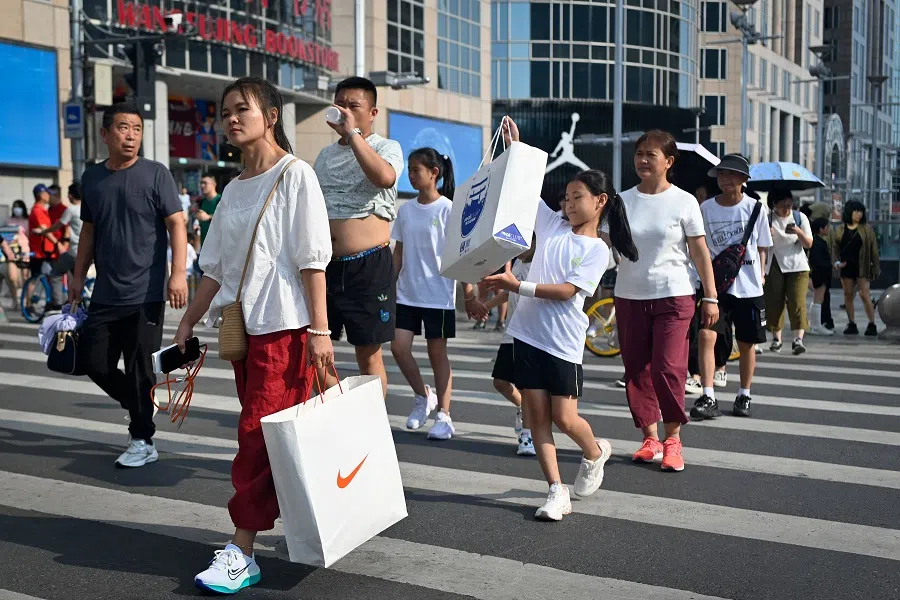
However, China's domestic development at the time was weak, and some economic aid went beyond the means of China's economic strength. On top of that, China began to repair its relations with the Western developed countries in the mid-to-late 70s, leading to a decrease in focus on its third world strategy.
Following reform and opening up, China placed great emphasis on growing its domestic economy, and in a bid to attract foreign investment as well as meet technical and export market demands, developing relations with the US and other key Western nations became increasingly crucial.
After China's accession to the World Trade Organization in 2001, its decision makers emphasised securing good relations with major powers while placing emphasis on the immediate periphery (大国是关键,周边是首要). This described the country's order of priorities in terms of foreign policy, with China's relations with major countries, especially the US, becoming the top priority.
This was also in line with the needs of China's rapid economic development at the time, when the Chinese government needed a stable external environment to build its domestic economy.
Chinese diplomacy has further tilted towards the global south since Xi's presidency.

But at the same time, with growing national power, China also placed renewed emphasis on developing its relations with developing countries, first achieving success in the neighbouring regions of Southeast, South and Central Asia.
During the Hu Jintao era, a breakthrough was achieved in China-Africa relations with the commencement of the inaugural Forum on China-Africa Cooperation in Beijing in 2006, attended by over 30 African heads of state. Since then, numerous related events have been organised, with China announcing debt relief and large-scale aid projects in Africa.
New era, new focus
Chinese diplomacy has further tilted towards the global south since Xi's presidency. In 2013, Xi proposed the Belt and Road Initiative (BRI), an ambitious infrastructure project connecting China to several developing countries in Asia and Africa, as well as Europe, by sea and land. The initiative aims to support the economic development of countries along the route via large-scale infrastructure projects.
Although it also includes developed European economies, the BRI focuses more on global south countries in Asia and Africa, which significantly overlaps with countries in the Indo-Pacific region in the US's subsequent Indo-Pacific Strategy. The BRI is a concrete example of China's third world diplomacy in the Xi era, indicating China's renewed focus on third world countries.
In recent years, China-US relations have become more tense, while the relationship between China and the rest of the West is no longer as it was before. Trade wars, tech blockades, industrial chain shifts, border controls and de-risking have dramatically reduced the interdependence, interactions and exchanges between China and developed Western economies.

Under new circumstances, Chinese diplomacy faces new adjustments that could further elevate the importance of the global south or even propel it to the top of the list. Correspondingly, China's focus on foreign trade and investment could also shift to the global south.
While the US, Europe and other developed economies had been China's long-standing top trading partners, ASEAN, which is part of the global south, became China's largest trading partner in 2020, with bilateral trade continuously reaching new highs.
The expansion of the BRICS not only strengthens the grouping's international influence but also helps China expand its influence in the Middle East, Africa, Latin America and elsewhere...
China's trade volume with BRI countries has also steadily increased, growing by a whopping 19% in 2022 alone, far surpassing the overall growth rate of the country's foreign trade in the same period. China's non-financial direct investments in BRI countries also grew 7.7%, while the latter's actual investment in China increased 17.2%. With some Western capital shifting out of China, the global south is poised to offer a new direction for China to attract investment.
The expansion of the BRICS not only strengthens the grouping's international influence but also helps China expand its influence in the Middle East, Africa, Latin America and elsewhere, enhancing the discourse power of developing countries in international affairs. Depending on the needs of the situation, the BRICS may further expand in the future, covering major economies in South and Southeast Asia and beyond.
This article was first published in Lianhe Zaobao as "金砖扩容后中国外交重点转向全球南方".
Related: BRICS expansion a sign of shifting global governance and security architecture | Instead of seeking support from others, Xi and Biden must meet again | BRICS expansion ups ante but can the momentum be sustained? | Expanding the BRICS: New challenges for the embattled world order | Can the BRICS reinvent itself?
